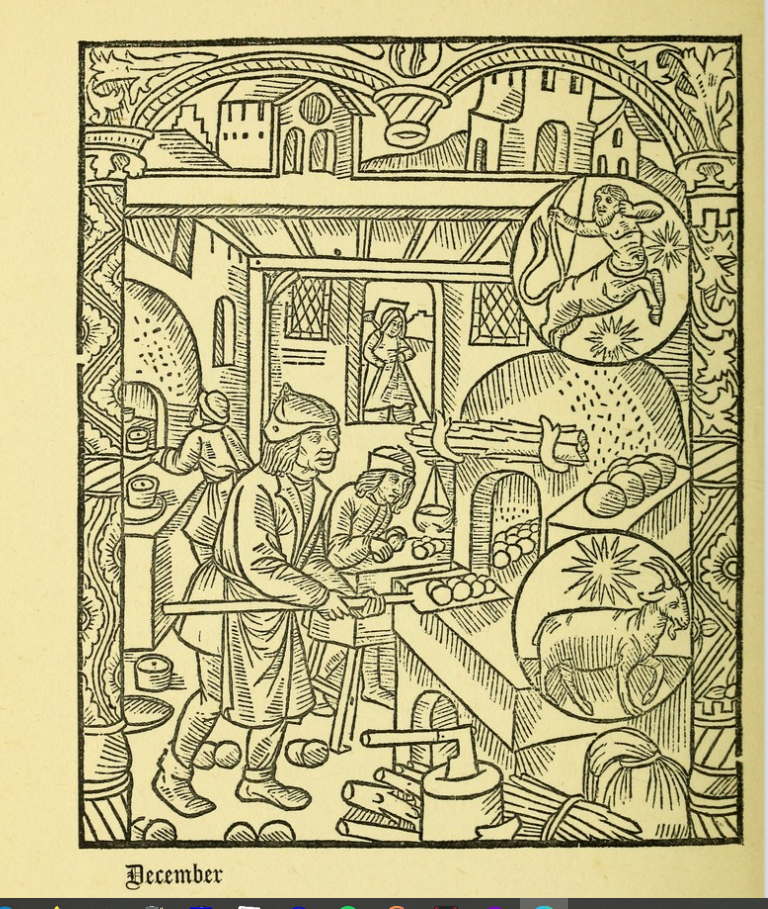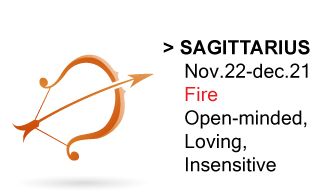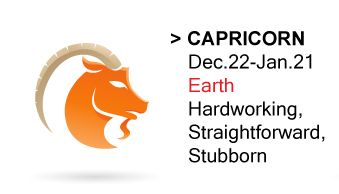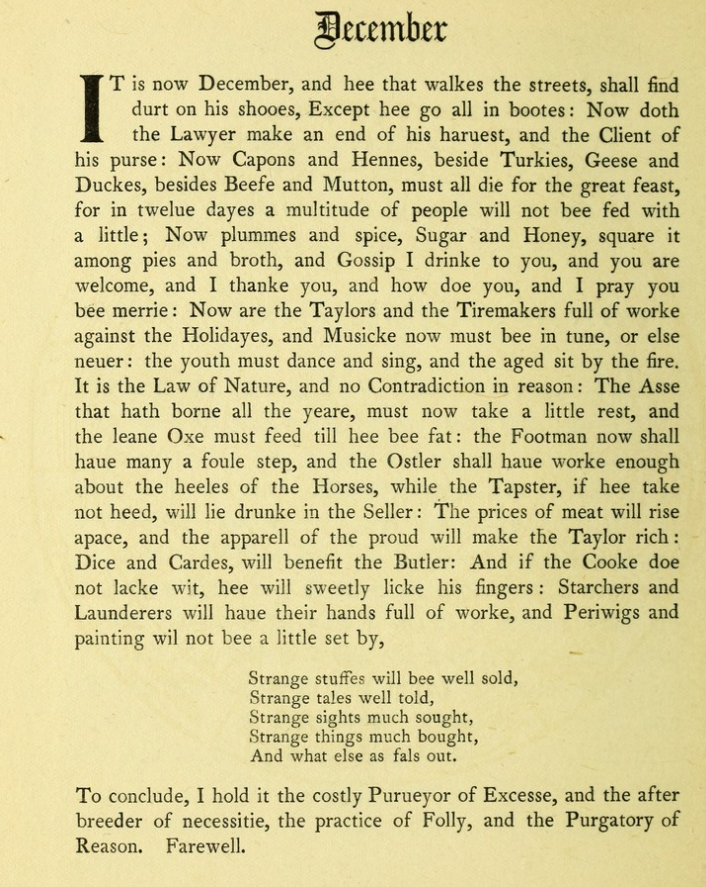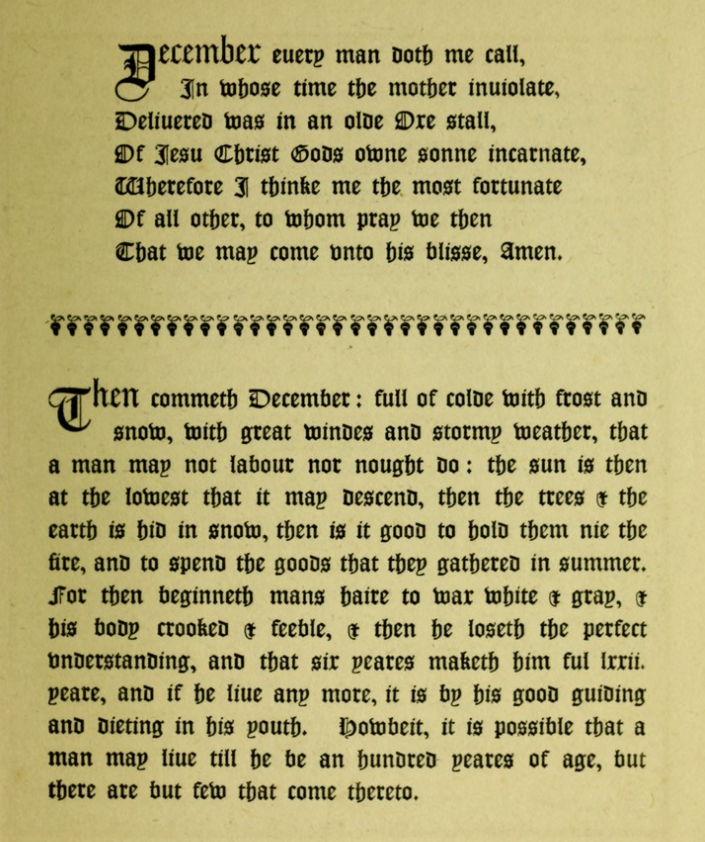
This is the second day of Winter.
Winter, meteorologically speaking, is described in the Northern Hemisphere as being December, January, and February, which is, of course, a convention rather than a fact, as there is nothing about December 1st that makes it more ‘wintery’ than November 30th or December 2nd. Astronomically, winter starts with the Winter Solstice when the sun is at its lowest and so stretches from around December 21st to the Equinox around March 21st.
Logically, the solstice, when the Sun is at its weakest, should be a midpoint of winter rather than the beginning of it, with 6 weeks of winter on either side of it. This is roughly what the Celtic year does, winter starts at dusk on 31st October (Halloween/Samhain) and continues to the evening of 31st January (Candlemas/Imbolc). So a Celtic Winter is November, December, and January.
As far as the Sun goes, this is logically correct, but, in fact, because of the presence of the oceans (and to a lesser extent) the earth, the coldest time is not the Solstice when the Sun is at its weakest, but a few weeks later in January. The oceans (and the landmass) retain heat, and so the coldest (and the warmest) periods are offset, so January 13th is probably the coldest day not December 21st.
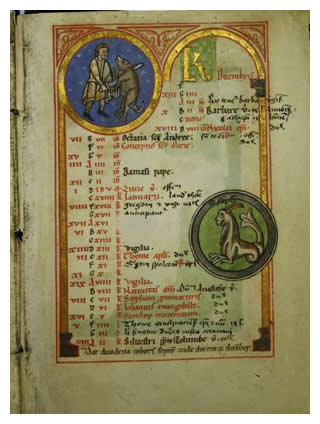
My personal calendar suggests that winter begins on November 5th because this is the day I generally notice how cold it has suddenly got. My smart meter also identifies the week of November 4th being the day when the heating bill goes through the roof.
A final thought about Winter. Isn’t it strange that a small change in the axis of the planet should create such opposites? Cold and little growth, then hot and an explosion of flowers. This in the vastness of space, with unimaginably cold and unbelievable hot places and spaces which make tiny the little difference between Summer and Winter. And yet to us they are opposites, and in places extremes we find hard to survive in. Some think this is because God made the Universe just for us, but far more wonderfully it is because we, and nature, are completely adapted to this, our very own, blue planet.
Winter is hiems in Latin; Gaeaf in Welsh. Geimhreadh in Old Irish; Wintar in Anglo-Saxon. The Anglo-Saxons counted years by winters, so a child might be said to be 4 winters old.
On this day
1859 – John Brown was hanged, following his violent opposition to the Slave Trade and his raid on Harpers Ferry.
1954 – Joseph McCarthy was formally censured by the Senate for the methods used in his anti-communist campaigns.

